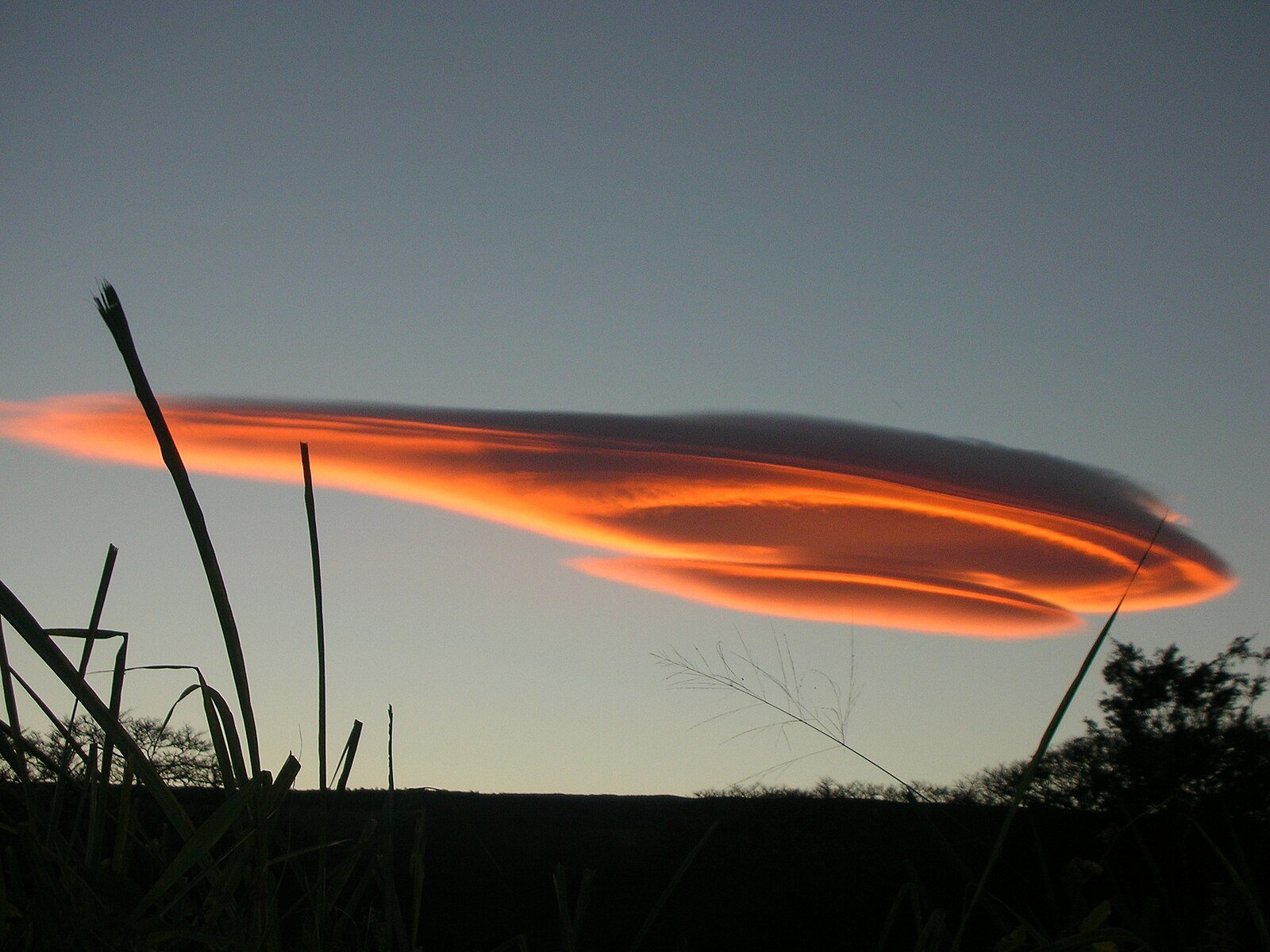The Year in Aliens
Photo Courtesy: Wikimedia
As with most fringe theories, ‘ufology’ (the study of UFOs, pronounced yoo-fol-uh-jee) tends to go through cycles of popularity. Perhaps this is the product of each generation becoming disillusioned with a lack of progress before the next generation of believers has matured. So far, 2023 has seen a spike in news concerning UAPs (Unidentified Anomalous/Aerial Phenomena, a preferred and more inclusive term than UFO), which could be attributed to this natural ebb and flow. Still, other cultural changes could also have been factors: feelings of powerlessness, lack of trust in institutions, and social schisms can all contribute to increased conspiracy thinking. Regardless, it is worth reviewing the developments in alien news this year, if only to maintain an understanding of current talking points in pseudoscience.
Alien encounters (more so than supernatural ones) have been associated with American folklore in particular, so it’s no surprise that much of the recent hubbub might be traced back to the formation of the All-Domain Anomaly Resolution Office (AARO) within the U.S. Department of Defence last year. This addition to the DoD seems to be part of an effort to destigmatise the reporting of UAPs by military members and to catalogue and investigate incidents more thoroughly. As usual, the mundane explanation for this is the most likely: that UAPs represent an increasing threat to the security of the USA insofar as they may be linked to foreign powers. For example, apparently, benign weather balloons are often the cause of UAP sightings, but some are a real concern for the US military, such as the Chinese balloon (which China maintains was a civilian device) that was shot down in US airspace on the 4th of February this year.
The biggest UFO story of the year is probably the US congressional hearing at which former intelligence official David Grusch claimed to have been informed of a secret government programme that is in possession of alien pilots and their vehicles. Grusch testified that he spoke to multiple witnesses with direct knowledge of the programme and that people have been harmed in efforts to conceal the existence of extra-terrestrial technology. Spokespeople from the relevant government bodies denied these claims.
While news of this hearing caused a stir on social media, with many false reports circulating that the US government had admitted the existence of alien contact, no evidence whatsoever was provided for Grusch’s statements. Furthermore, the plausibility of a grand conspiracy remains as tenuous as ever. The idea that any government is powerful and competent enough to entirely control all credible evidence of a phenomenon such as alien visitations, and maintain its secrecy across multiple decades and administrations, is not considered realistic in view of historical records, political science, or sociology (as the number of people privy to a secret increases, the chances of it getting out rise astronomically.)
As far as evidence goes, there was as much of it shared among ufologists this year as in any other; in particular, the declassified videos on the AARO website and the videos released by US Customs and Border Protection caused excitement. But it’s worth noting that these videos are, yet again, grainy, unclear, and ambiguous. As the world has become more and more thoroughly documented by images, moving and still, over the last fifty years, one would expect the quality of evidence to increase along with our recording technology. However, the quality of the videos, which ufologists claim as evidence, has remained poor.
The rational explanation for this given by the scientific community is that in any videos in which the subject can be clearly identified, it is always identified as something mundane; in other words, a UAP is inherently difficult to identify, and there is no reason to suspect that those which remain unidentified should be anything extraordinary. For example, an object seen moving in a fast and peculiar fashion across the sky, in the absence of verification, is more likely to be an artefact of the recording device or an illusion caused by an object which is really much smaller and closer than it seems, than an alien craft.
So despite a lively year in the ufology community, it has remained firmly outside the realm of credibility and will be so until it presents the scientific world with worthy evidence. As much as physicist Michio Kaku may claim that the burden of evidence has shifted onto the deniers, Occam’s razor still favours a terrestrial explanation in all the cases we have seen so far.

